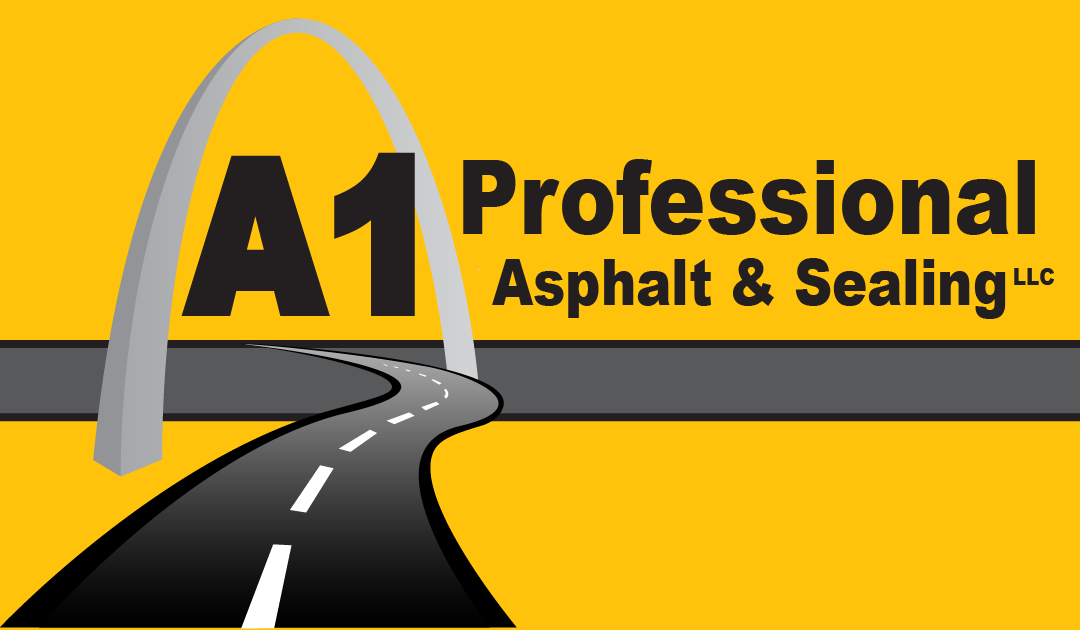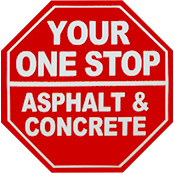While both asphalt filling and patching are great ways to repair your commercial property, each has its own set of benefits. So how do you determine which one is best? The choice can be overwhelming if you’re not sure what to use. A1 Professional Asphalt & Sealing, LLC, provides the necessary information to make your decision as easy as possible.
What is asphalt filling?
Asphalt filling is a process in which bitumen is heated to the point of vaporization and then condensed into a liquid state. This liquid asphalt is then mixed with aggregate and poured into the ground to create a durable and strong surface that can withstand traffic, heavy loads, weather conditions, freeze-thaw cycles and more.
The benefits of asphalt filling provide a strong surface for many different applications, like paving roads and parking lots.
Benefits of asphalt filling
Asphalt filling is an economical fix for full-width cracking in asphalt pavement that is effective against long-term traffic stress. It has an advantage over patching as it can easily be replaced, if necessary, in the future. It is also relatively inexpensive in comparison to other options such as shoring up a damaged foundation or pouring a concrete slab. Several factors contribute to the success of the process, such as crack depth, surface quality, thickness, water content, age of pavement and climate conditions. Benefits of asphalt filling include:
- It resists the freeze-thaw cycle
- It has good compressive strength
- It doesn’t shrink when it freezes
- It can withstand high traffic loads
- It can be used as a temporary overlay
What is asphalt patching?
Asphalt patching is a process in which hot mix asphalt is spread onto a roadway to fill in cracks, holes and depressions. The goal of this process is to provide an even-wearing surface that will last for many years.
Asphalt patching may also be required when certain road conditions prevent other forms of resurfacing from being used, such as sealcoating, cold milling and asphalt removal and replacement. The process can be done manually or with machines such as asphalt rollers to distribute the mix.
Benefits of asphalt patching
Patching asphalt requires less labor time because the asphalt can be applied by hand either with the assistance of two people or with an asphalt patch hand roller, asphalt melter or asphalt banding machine. Regardless of which option you choose, the asphalt gets absorbed into the existing pavement immediately. This means it doesn’t require heavy machinery that may damage surrounding areas or create vibrations. Moreover, there is no need for a strong adhesive to attach the new layer of asphalt to the existing pavement. Asphalt patching can also resist more extreme conditions than asphalt filling, such as surface expansion due to temperature changes.
Conclusion: Which option is better for your property?
It can be tough to tell which option is the best for your property, but A1 Professional Asphalt & Sealing, LLC, can help. One of the most important aspects of any construction project is quality-based work for safety, aesthetics and efficient traffic flow. To achieve this in a timely manner, our team is here to meet all of your commercial asphalt needs.
We are committed to providing you with the best asphalt repair services throughout St. Louis and the entire Midwest region. Contact our team to learn more about our premium asphalt repair services and request a quote today.

